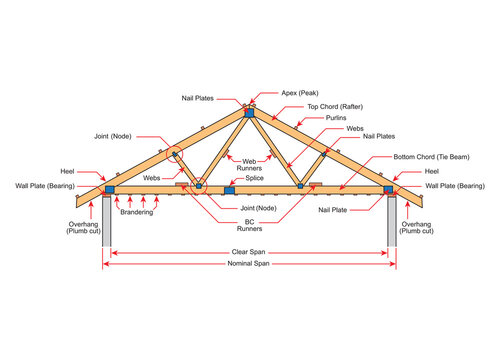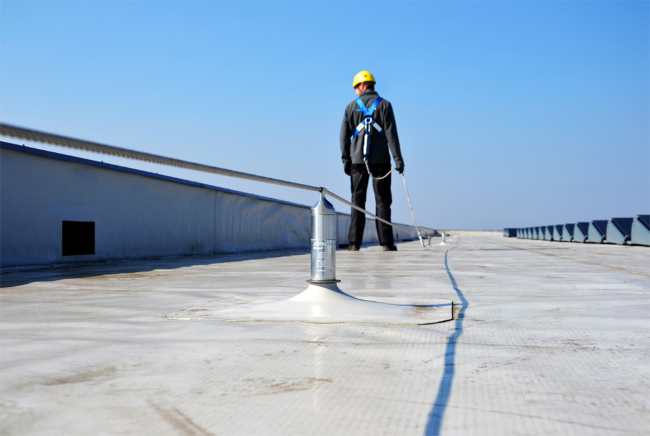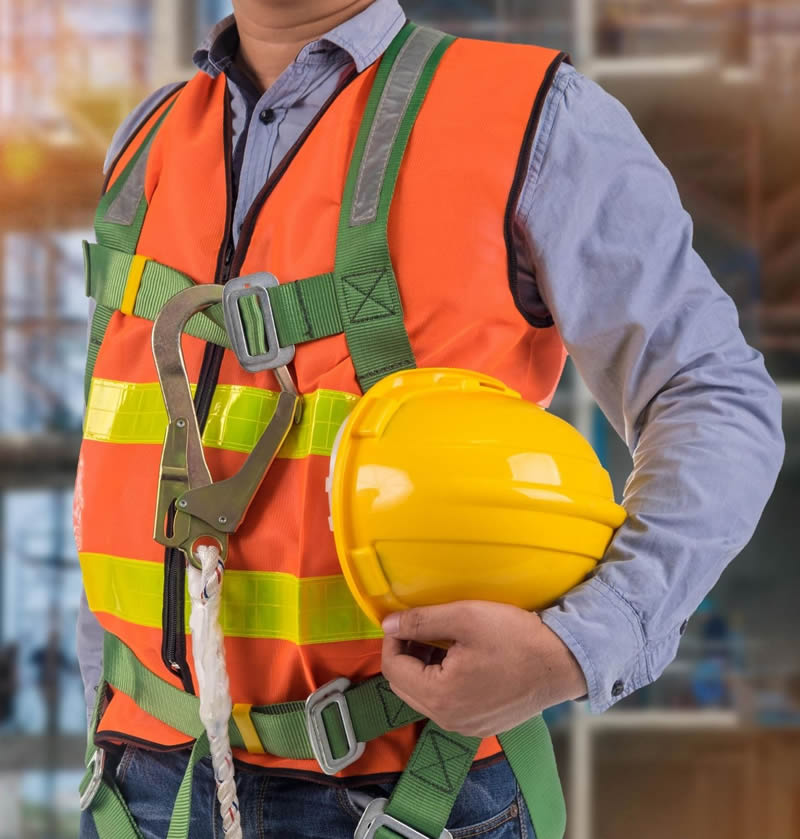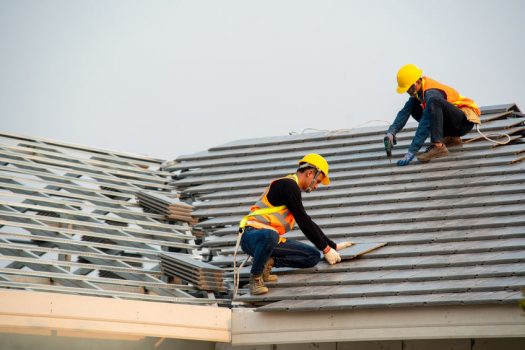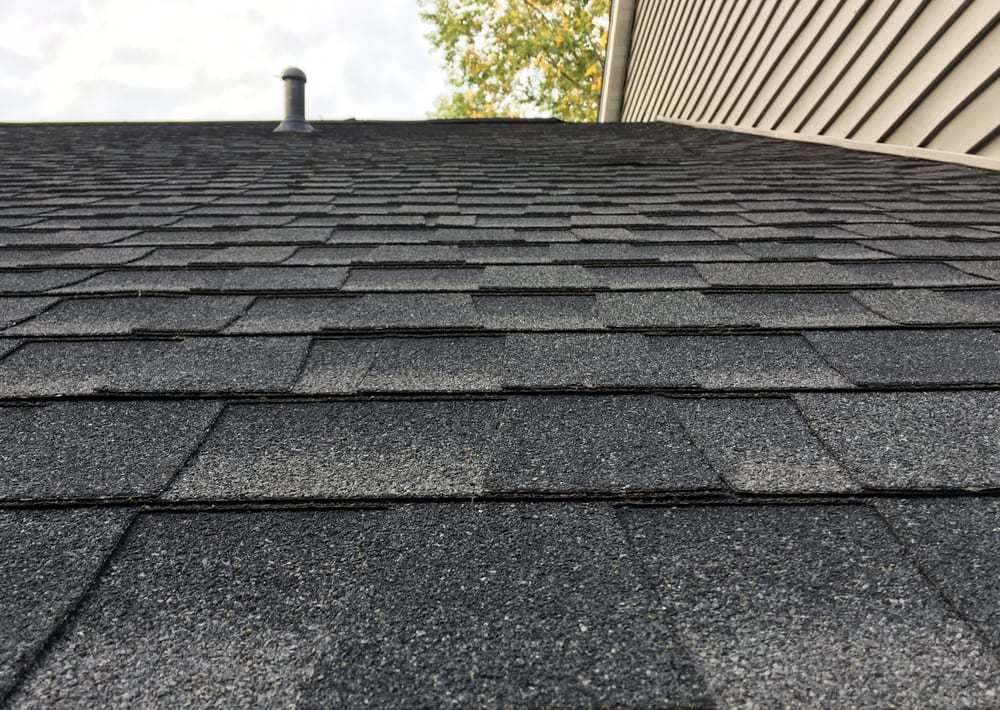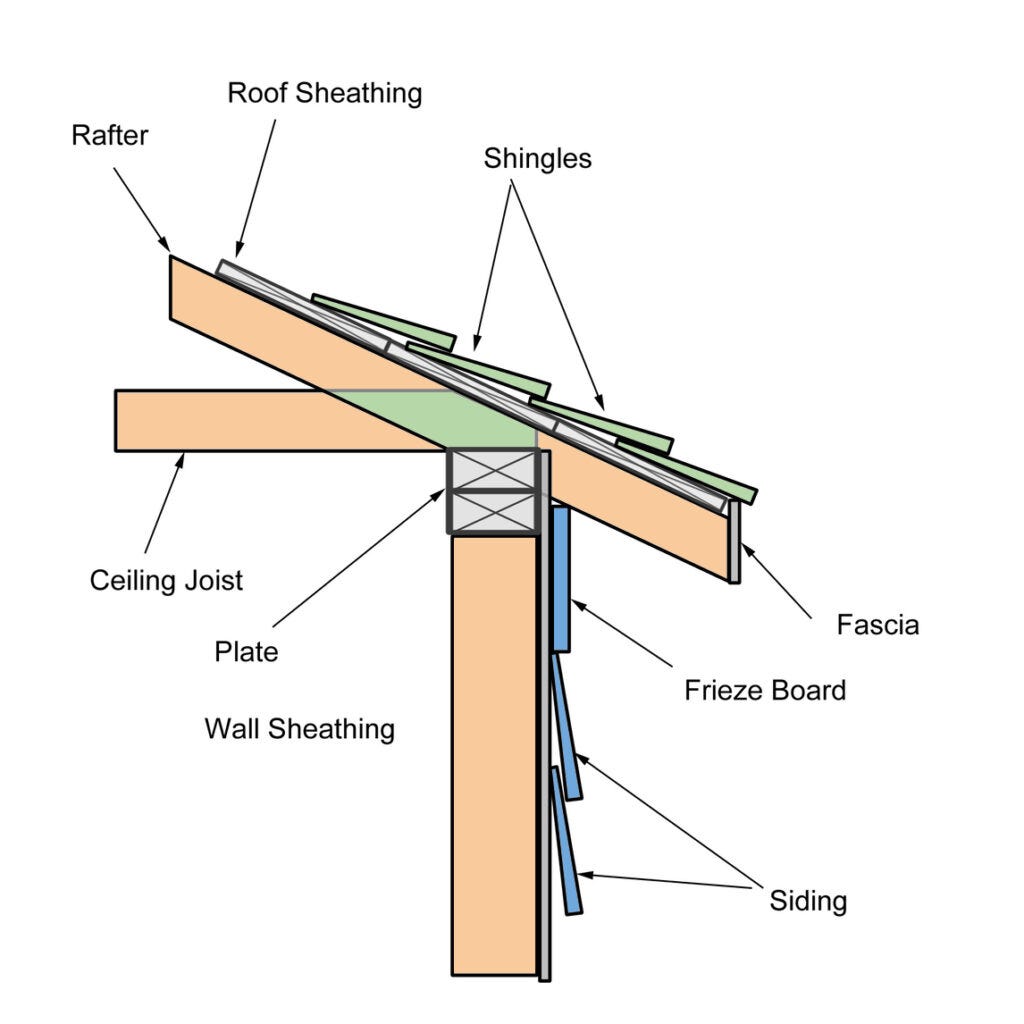
Roofs keep out the noise, fire safety, and the durability from so much maintenance. These are the fundamentals of roofs. To flush out the steps of the 101 of roofing, we need to explain everything.
Roofs can come in m any different types of materials, shingles. Shingles come in different types of materials, asphalt, slate tiles, metal, and even flat roofs. Each of these types is different in durability and appeal. Metal roofs for example are more durable than asphalt roofs, they last much longer because they are more hail resistant and easier to take care of. Slate tiles are also more reliable than asphalt because they are also hail resistant, but they also last much longer on your roof than other roofs do.
For the installation of the roof are preparing for the roof to be installed on top of your home you will first need an underlayment. Underlayment is what lies between the shingles on the roof. It can be either plywood or OSB (Oriented Stand Board, is also stated by the work permit.). It is installed directly installed on the roof deck and provides a secondary layer of protection for weather elements, including snow, rain, and wind.
Another part of installation is who is going to install the shingles for you on the roof? It can anyone you choose that you believe is trustworthy. At Excel Roofing we can give you a free inspection and after that, we can put in the best bid for you, and we will install your roof until everything is done satisfactorily. It will get done right the first time.
After your roof is installed, you will need to check it for maintenance throughout your time living at your home. Make your own checklist and start to check for loose objects or heavy objects that are not supposed to be there. Those steps can be anything and, in any order, but here at Excel Roofing, we stress to always keep up with your gutter cleaning. Clean gutters will help get the debris clear, so the water can run smoothly through, and junk won’t get stuck. Trim overhanging branches that are too close to your house. You also want to expect the roof after harsh storms. Like loose tree branches, after time it can cause weight stress that you don’t need on your roof. Stop small issues that are in control as a homeowner, before those issues become bigger problems.
Overall, maintaining good behaviors to keep your house in good shape can be easy. A see able checklist if that is helpful for you to maintain a good roof. You can easily put this in your schedule to keep things in order. And if you like living at home, wouldn’t you like to take pride in something you earned or paid for? The first and easiest step is to take care of your house, and after that things will easily get done. Share your horror stories of bad gutters or success stories with us on social media! We would love to talk about them.

